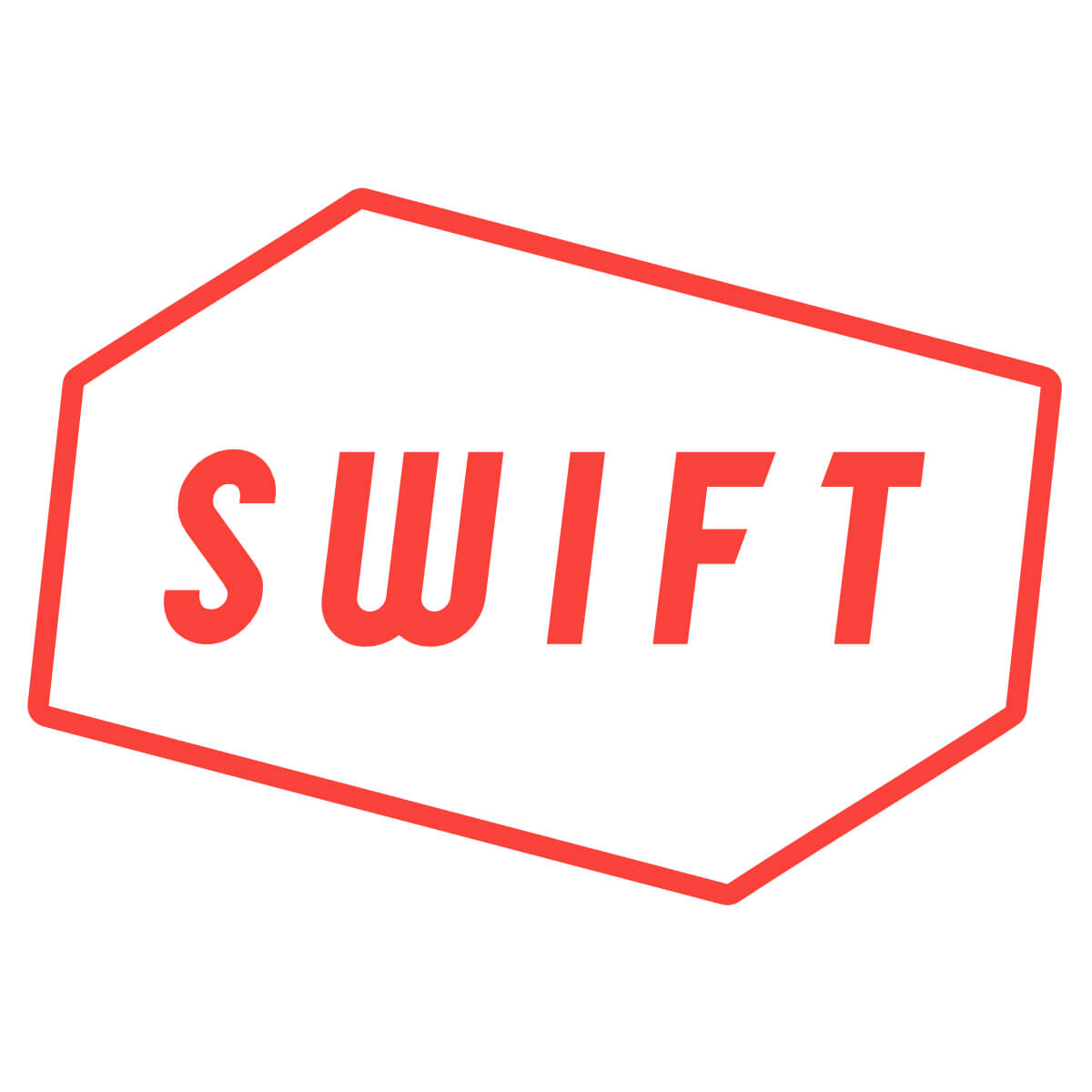84.2
Velocity (max)
8/28/24
Rankings available to Premium Subscriber
Rankings available to Premium Subscriber







To unlock contact information, you need to purchase a ScoutPLUS subscription.
Purchase Subscription
During the final day of our PBR Badger State Battle, Hunter got the start for the Stars going 6 innings while allowing only one earned run and showing off a true three-pitch mix. Hunter featured a fastball that sat 81-83 mph early on, settling in at 78-81 mph later in the game. The right-hander threw two different breaking balls; a slider with sharp 10/4 action at 74-76 mph and a curveball with biting 11/5 shape in the 68-70 mph range. Hunter filled up the zone with all three pitches to keep the GRB hitters guessing all game. At 6-foot-3 211-pounds, Hunter is an intriguing prospect; also showed potential at the plate with a two-run single up the middle early in the game.